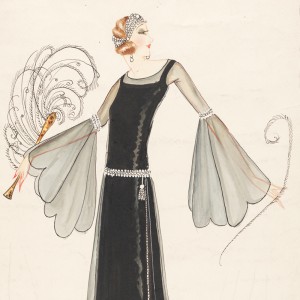- Victorian Era – 1910s
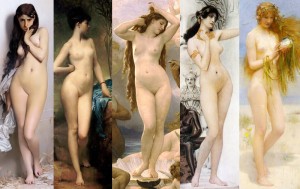
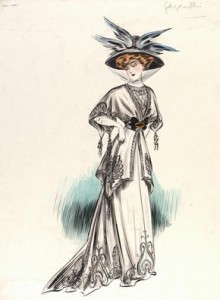
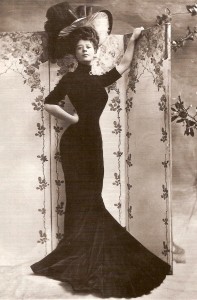
Women in Victorian Era wore tight corsets to make their waist look extremely tiny, creating an hourglass figure. They also wore long hair as a symbol of femininity.
- 1920s
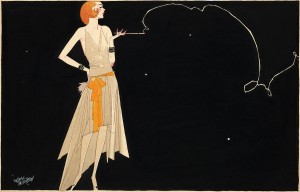
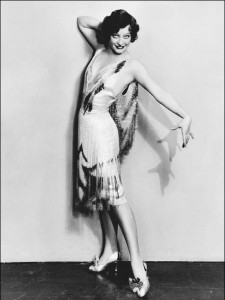
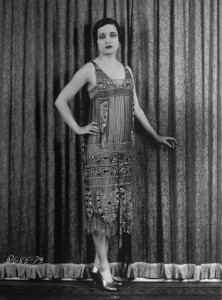
Freedom was the theme of the 1920s. Women abandoned corsets and liberated their breasts by wearing bandeau brassieres. Beauty in the 1920s was considered a cureless, boyish body.
- 1930s

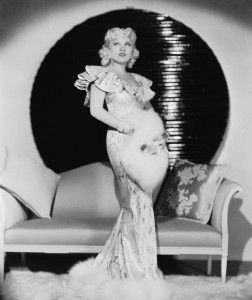
Women in the 1930s tended to emphasised their curves. They flaunted their bodies by wearing close-fitting dresses. Curved body with slim waist was the desired type in the 1930s.
- 1940s
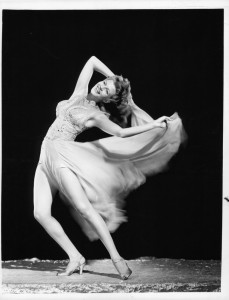
Women in the 1940s moved from the unattainable curves to a carefree attitude of the flappers. An ideal body type is a healthy, slender body with flawless skin.
- 1950s
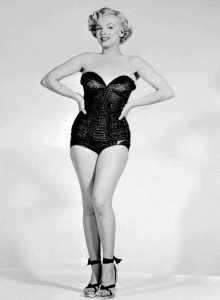
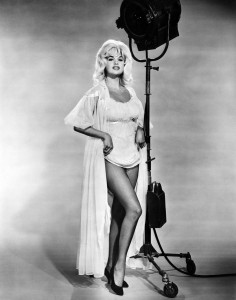
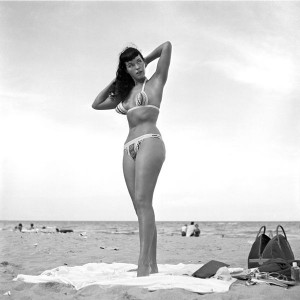
Marilyn Monroe, Jayne Mansfield and Betty Page were the sexy symbols of the 1950s. They had long legs, busty hourglass figures.
- 1960s
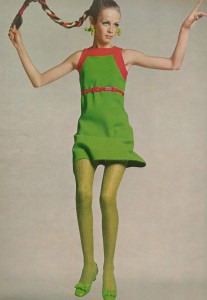
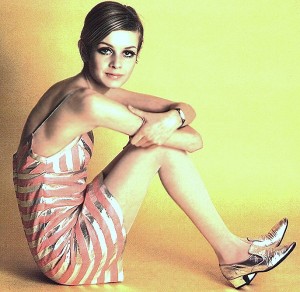
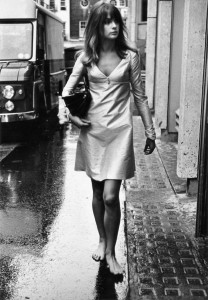
With feminism revolution, the 1960s brought a new beauty ideal – slender and long-legged. Twiggy Lawson was one of the most famous models in the 60s who had extremely skinny body.
- 1970s
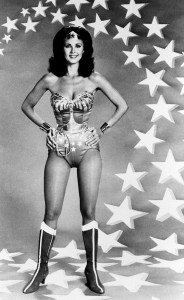
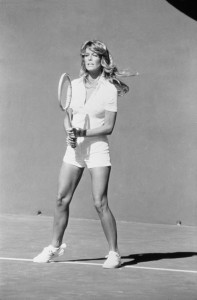
The ideal body type in the 1970s was tanned with flowing hair and a slim, tanned body. An athletic look with minimal or natural makeup was preferred.
- 1980s
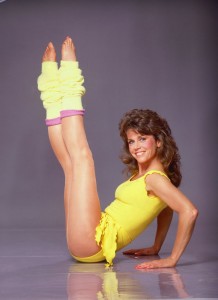
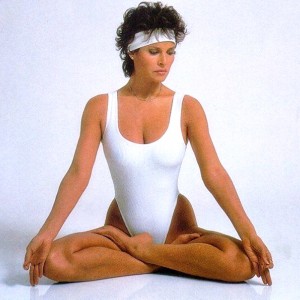
Athletic look became more popular in the 80s. Incredibly tones, slim women were considered incredibly attractive. “Hardbody” like Jane Fonda symbolised the ideal body type in the 80s.
- 1990s
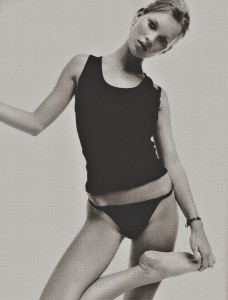

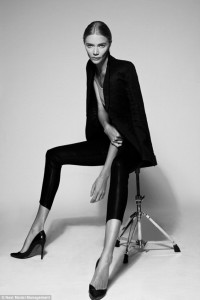
Waif-like appearance was very popular in 1990s. “Heroin chic” brought by Calvin Klein compaign 1993 defined the fashion figure in the 90s – pale skin, angular bone structure and extremely thin limbs.
- The 21st century
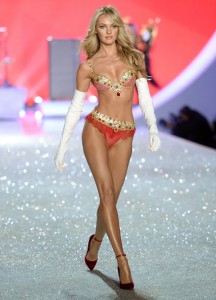
Victoria’s Secret angels brought a new definition of the ideal body – tall, thin, leggy, and with full breasts, flowing hair and toned body.

